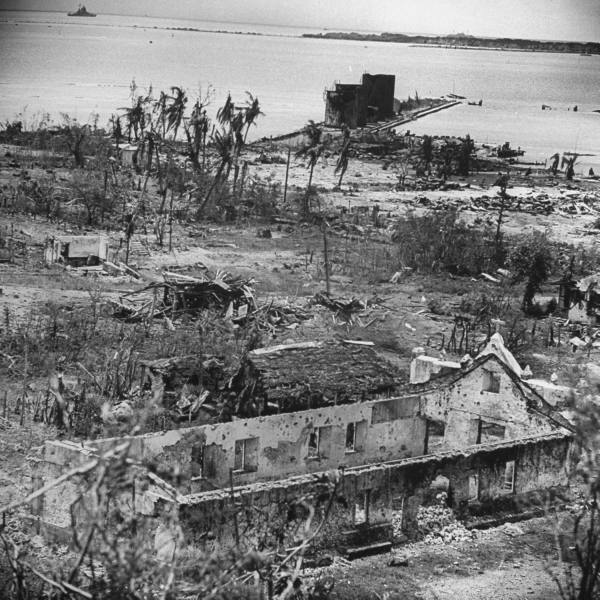The 4 battlefields that changed the vision of war

Many battles have marked the history of warfare over the centuries. Some, by their absurd places, others by the strategies to be put in place to achieve victory. In this article, we offer you 4 of the battles that have shaped the vision that we have of war today.
1. Kennesaw Mountain

The Battle of Kennesaw Mountain took place during the American Civil War on June 27, 1864. Kennesaw Mountain was a particularly fierce battle. The Confederates there defended the heights of Kennesaw Mountain, well entrenched and with advantageous fields of fire.
Union troops attempted to attack the mountain to dislodge the Confederates and secure the high ground to support the larger operation to capture the city of Atlanta. Union attacks were repulsed several times, resulting in heavy casualties.
2. Guam

In the Pacific Islands is the island of Guam. In July 1944, the US Army's 3rd Marine Division and 77th Infantry Division conducted operations there to take the island from an undermanned but determined Japanese defense.
The first striking thing about this beach where the Marines had landed was its small size. The whole beachhead where the landings took place is probably only 200 meters wide. And the United States bombarded this beachhead and the hills around it with battleships, cruisers, destroyers and countless bomber raids for days before the actual attack.
And yet, there were Japanese defenders who survived. The location of the Japanese machine guns on the side of a volcanic hill west of the bridgehead is stunning. They were probably only 30 meters above sea level and no more than 50 meters from the water's edge, in full view of the ships that had pounded the island for days. And yet, the machine gunners there not only survived, but were able to engage the American forces as they landed.
3. The Suez Canal

The mass of Egyptians pouring into the canal overwhelmed the limited Israeli forces defending it. Multi-layered, infantry-focused anti-tank tactics defeated the previously victorious Israeli forces using guided missiles.
Complex operations like canal crossings only succeed with extremely detailed planning, careful preparation and the ability to improvise as circumstances on the ground unfold and render the strategies of the original plan irrelevant. .
The Camp David peace accords ratified the results of the October 1973 war, and brought peace between Egypt and Israel, a peace that has lasted for 40 years now.
4. Gettysburg & Pickett's Charge

We started with a battle that took place during the Civil War, and we end on the same note. This took place a year before the Battle of Kennesaw Mountain, July 1-3, 1963. Gettysburg, like many other Civil War battles, was decisive.
Pickett's Charge is the name given to a massive frontal assault on Union lines on the afternoon of the third day of the Battle of Gettysburg. The charge of July 3, 1863, ordered by Robert E. Lee, was intended to break the Federal lines and destroy the Army of the Potomac.
The long cross-country march of more than 12,000 men led by General George Pickett became a legendary example of heroism on the battlefield. Still, the attack failed and as many as 6,000 Confederates were killed or wounded.
In the following decades, Pickett's charge was seen as a major mistake that could have been avoided. It seems to have marked the moment when the Confederacy lost all hope of winning the Civil War.
0 comments